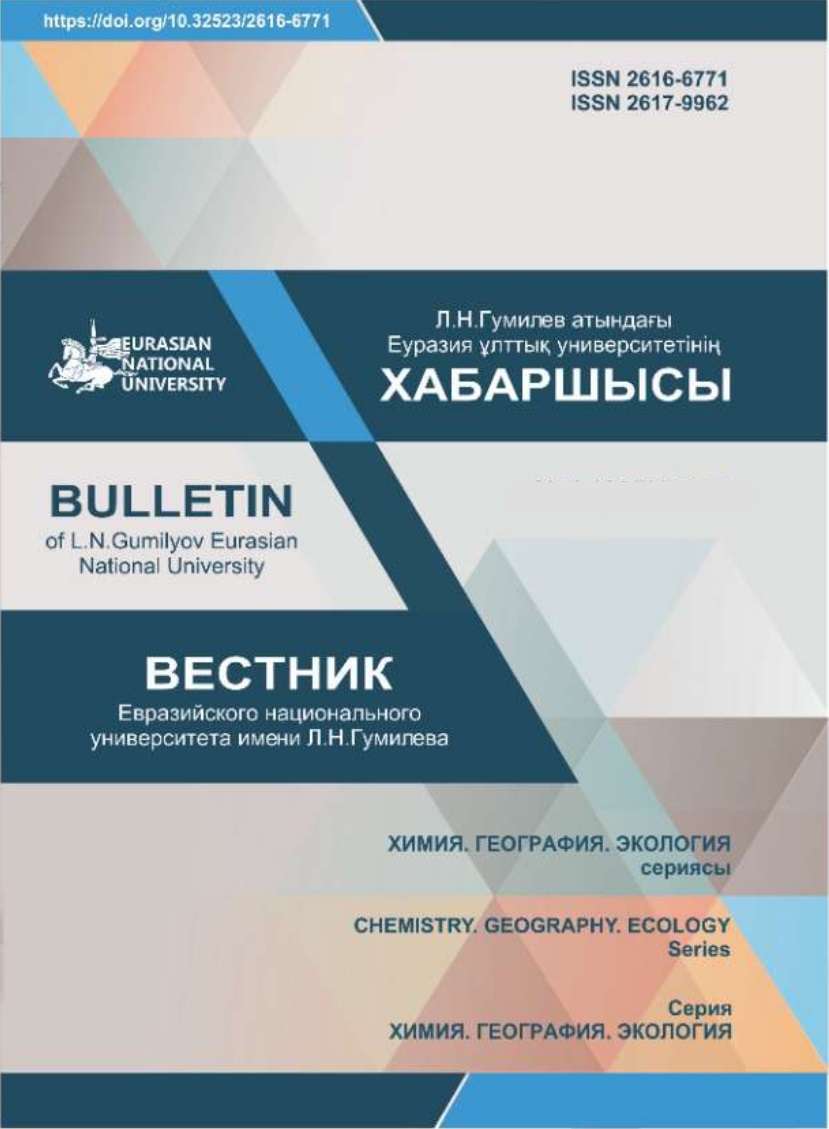Influence of heavy metals on representatives of filamentous algae in salinization conditions
Views: 212 / PDF downloads: 127
DOI:
https://doi.org/10.32523/2616-6771-2020-130-1-29-34Abstract
Limited liability partnership (LLP) KAZZINC - one of the largest industrial enterprises of East Kazakhstan
region. From Kazzinc to the Irtysh water flow should be in the following order: river Filippovka, Quiet, Ulba and the Irtysh.
Semey (former Semipalatinsk) is a large city on the Irtysh, the water of which is taken by "SemeyVodokanal" [1]. In the
laboratory we investigated the possibility of using filamentous algae (of ulothrix, Spirogyra, cladophora) as biological monitoring
in the waters of the Semipalatinsk region. Since the main products of "Kazzinc" LLP are metals such as zinc, cadmium, lead and
copper, in the laboratory of elemental analysis of the branch of "Institute of Radiation safety and ecology" of National nuclear
center of the Republic of Kazakhstan the absorption capacity of filamentous algae is determined in relation to zinc, copper,
cadmium, iron and lead, as well as the residual concentration of heavy metals in the test water. In idle test identifies such
elements as Be, Cr, Mn, Fe, Co, Ni, Cu, Zn, Sr, Cd, Cs, Pb, and U. The concentrations of these elements were determined by
inductively coupled plasma mass spectrometry (ICP - MS) on the Agilent 7700x instrument and atomic emission spectrometry
(NPP - ISP) on the iCAP 6300 Duo.








